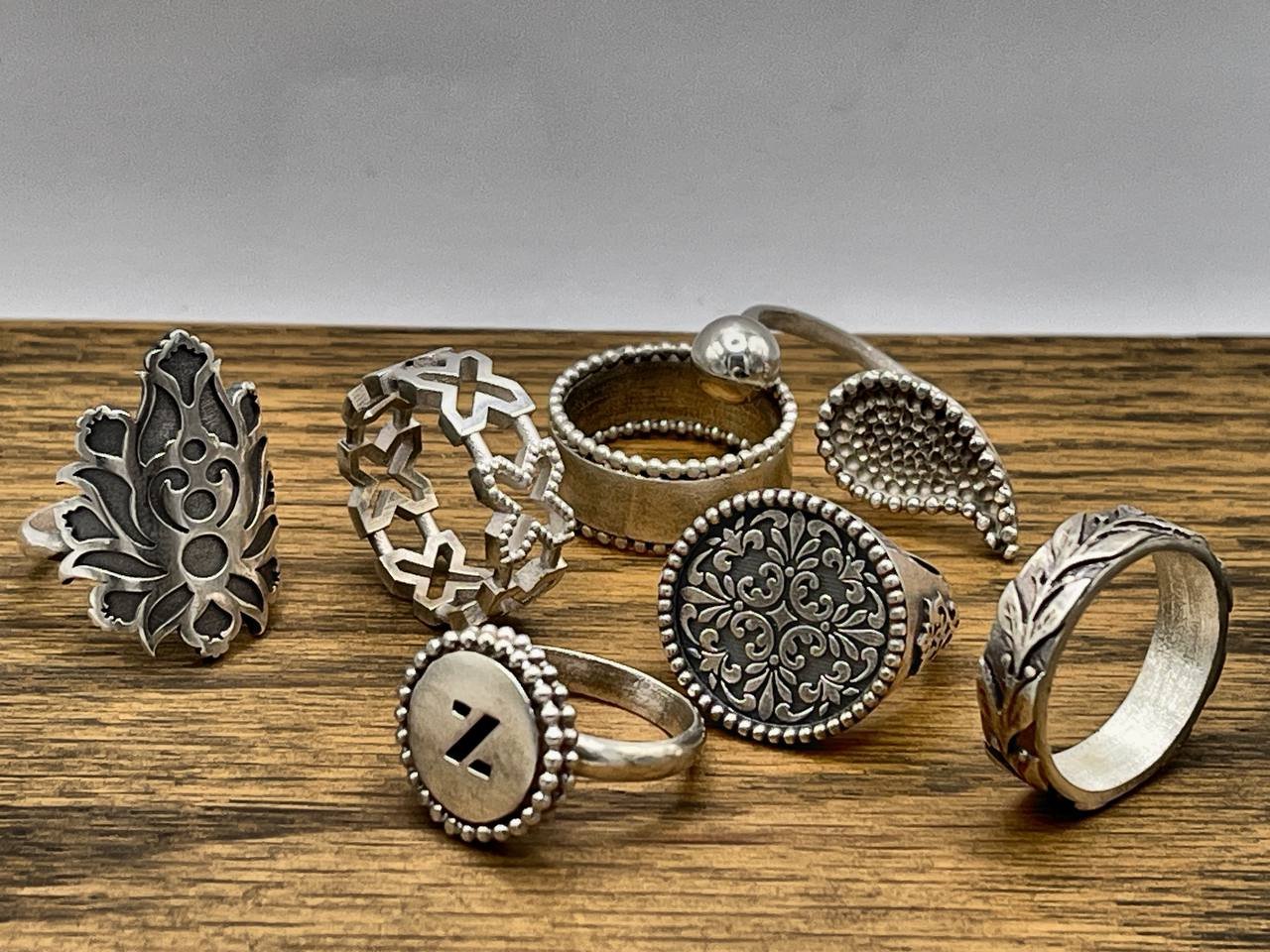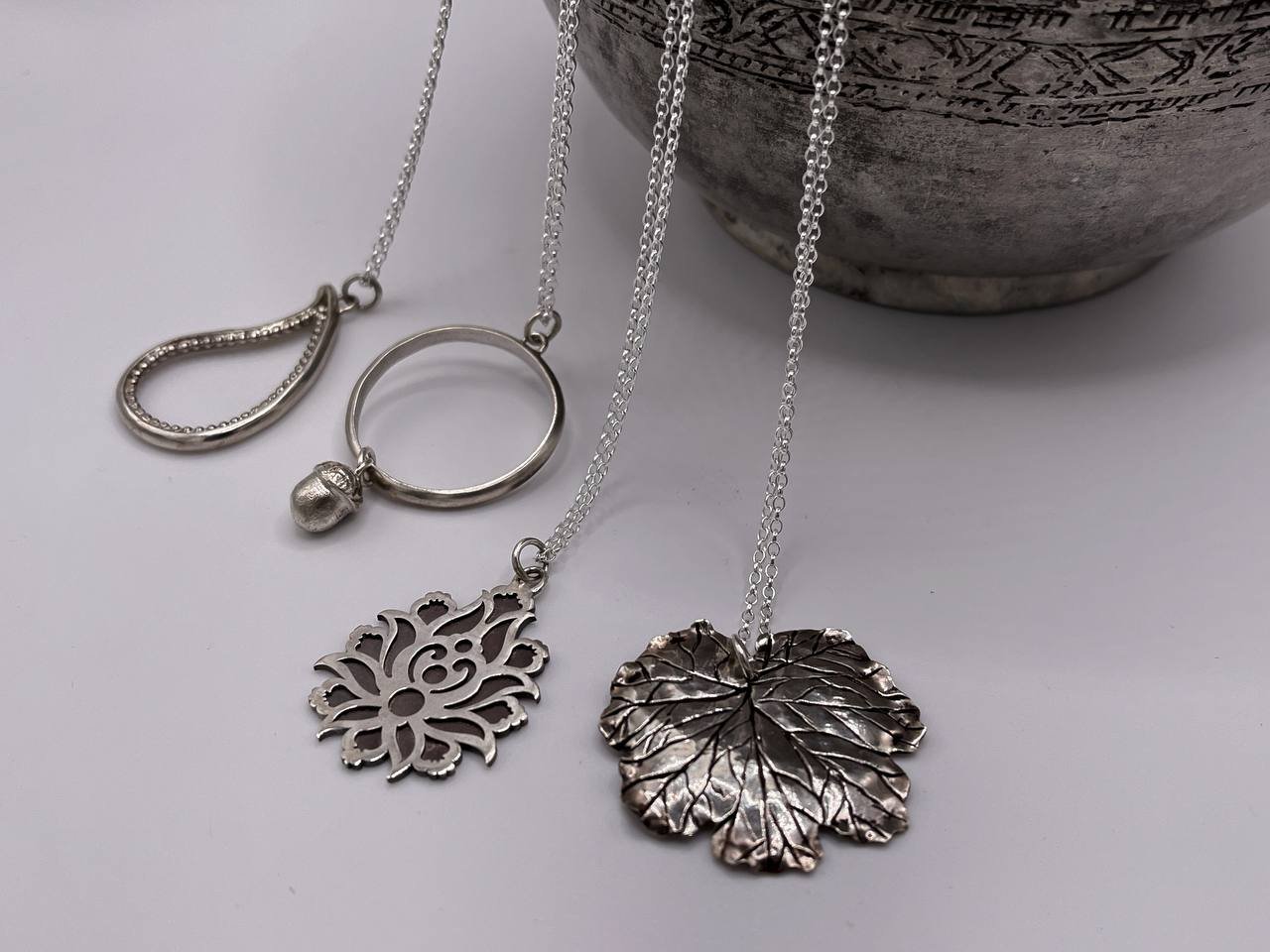Paisley, a teardrop-shaped motif often found in textiles, art, and design, is a pattern deeply ingrained in both ancient and modern fashion. Its story, however, goes beyond the West, tracing its origins back to ancient Persia. This essay goes back into the rich historical background of the paisley design, its symbolic importance in Persian culture, its journey across borders, and its revival in contemporary fashion.
Origins of Paisley in Persian Culture
The Boteh Motif
Paisley, known as the “Boteh” motif in Persian, originated in the Sassanian Empire (224–651 AD), an era renowned for its advancements in art and culture. The “Boteh” symbol was a blend of floral and cypress tree shapes, representing a combination of life, eternity, and resilience. Cypress trees, often associated with Zoroastrianism, symbolized immortality, while the floral elements represented life and fertility.
The use of “Boteh” designs in Persia was prevalent in a variety of art forms, including textile weaving, pottery, and architecture. These motifs adorned royal robes, religious items, and manuscripts, and were often reserved for nobility. Over time, the “Boteh” evolved into a pattern rich in both spiritual and aesthetic value, reflecting the sophistication of Persian design.
Symbolism and Spiritual Significance
In Persian art and culture, the “Boteh” was more than just a decorative pattern—it carried deep spiritual meanings. The shape, resembling both a seed or bud and a flame, symbolized the duality of life and death, as well as the cyclical nature of existence. Some historians believe the motif represented the Zoroastrian concept of eternal life, while others think it was inspired by the flame of the divine. Either way, its presence on textiles, particularly in royal settings, emphasized its importance as a cultural and spiritual icon.
Paisley’s Spread to Other Cultures
The Silk Road and Cultural Diffusion
Persia’s strategic position along the Silk Road facilitated the spread of the paisley motif to other regions, including Central Asia, India, and eventually Europe. As traders carried Persian textiles adorned with the “Boteh” pattern, the design found its way into new cultures and adapted to local tastes. This cultural diffusion led to variations of the paisley design in different regions.
By the 17th century, the paisley motif had become highly popular in India, particularly in the region of Kashmir, where it was woven into luxurious shawls made from fine wool. These Kashmiri shawls became sought-after items in Europe, especially during the height of the British Empire, where they were symbols of wealth and fashion.
European Adoption and the Rise of Paisley
Paisley’s introduction to Europe coincided with the increasing popularity of Indian textiles during the 18th and 19th centuries. The British East India Company facilitated trade between India and Britain, making Kashmiri shawls highly coveted among the European elite. However, due to their expensive nature, local European manufacturers began producing imitations.
One of the key centres of this production was the Scottish town of Paisley, which eventually gave its name to the pattern. European designers adapted the bo “Boteh” motif into a smaller, more repetitive form, which was easier to weave using industrial looms. By the early 19th century, “paisley” had become a staple of British fashion, eventually spreading to other parts of Europe and North America.
Paisley in Contemporary Fashion and Culture
Revivals in the 20th Century
After its widespread use in the Victorian era, paisley experienced a decline in popularity, only to be revived in the 1960s during the counterculture movement. The motif’s exotic and intricate design, with its origins in ancient Eastern traditions, appealed to the “hippie” generation, who were drawn to non-Western aesthetics and values. Rock icons like The Beatles and Jimi Hendrix popularized paisley in their clothing, making it synonymous with psychedelic culture.
In the later decades of the 20th century and into the 21st, paisley continued to reappear in fashion and design. High-end designers, such as Etro in Italy, embraced paisley as a signature motif, combining its historical essence with contemporary fashion. The pattern’s versatility, seen in everything from haute couture to casual wear, speaks to its enduring appeal and adaptability.
Paisley as a Symbol of Globalization
Today, paisley is not only a symbol of Persian heritage but also a testament to the interconnectedness of global cultures. From ancient Persia to modern fashion runways, the design has crossed boundaries and been reinterpreted by various cultures. Its widespread use in both traditional and contemporary settings reflects its timeless appeal and its ability to carry complex historical and cultural meanings across borders.
The journey of the paisley motif from its roots in ancient Persia to its global presence today reflects the enduring power of cultural symbols. The “Boteh” motif, originally a symbol of life, eternity, and spirituality in Persia, has been transformed and adapted by countless cultures, yet it still retains much of its original meaning. Its journey from the Silk Road to Western fashion shows how art and culture can transcend time and place, leaving a lasting legacy across generations.
In a modern world where fashion and design constantly evolve, paisley remains a beloved and enduring symbol of creativity, history, and cultural exchange. The continued popularity of this ancient motif, especially in an era of globalization, showcases its ability to speak to people from all walks of life while carrying the rich heritage of its Persian roots.
4o






